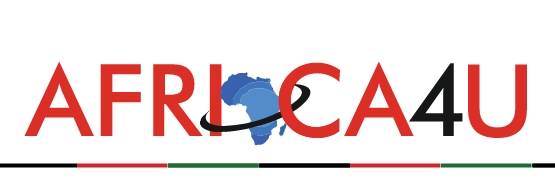(3 Minutes Read)
Ghana’s gold production is projected to grow by approximately 6.25% in 2025, reaching an estimated 5.1 million ounces, according to the Ghana Chamber of Mines. This forecast, detailed in the Chamber’s latest annual report, follows a record-breaking 2024 when gold output surged by 19.3% to 4.8 million ounces—cementing Ghana’s status as Africa’s top gold producer, ahead of South Africa and Mali.
The anticipated growth is driven by a surge in artisanal mining and the commencement of new large-scale projects, helping to offset production declines at ageing mines. Key contributors include Newmont Corporation’s Ahafo South Mine and Shandong Gold’s Namdini Project, both expected to significantly boost national output.
The Chamber estimates 2025 production will range between 4.4 and 5.1 million ounces. Chamber President Michael Akafia emphasised the critical role of small-scale miners, who accounted for a historic 39.4% of total gold output in 2024, around 1.9 million ounces. This segment is forecast to contribute between 1.5 million and 2 million ounces in 2025.
Recent policy reforms are further energizing the sector. Notably, the Ghanaian government eliminated a withholding tax on local gold purchases, a move that has reduced smuggling and incentivized legal trade. Godwin Armah, General Secretary of the Ghana National Association of Small-Scale Miners, noted the change could increase small-scale output by 30–40% year-on-year.
Despite these gains, the artisanal mining sector faces scrutiny. An estimated 70–80% of operations remain unlicensed, raising environmental concerns, particularly regarding impacts on cocoa farms and water resources. In response, the government established GoldBod, a new agency mandated to purchase gold directly from small-scale miners, aiming to formalize the industry and boost national reserves.
However, production gains from artisanal and new operations may not fully compensate for declining output from mature mines such as Perseus Mining’s Edikan, Gold Fields’ Damang and Tarkwa, and Zijin Mining’s Akyem Mine. Akafia stressed the need for a stronger pipeline of exploration and development projects to ensure long-term sustainability in the mining sector.
Beyond gold, Ghana’s broader mineral industry is poised for growth. Manganese output is projected to rise to 8 million tonnes in 2025 from 5 million tonnes in 2024. Bauxite production is expected to hit 2 million tonnes, up from 1.7 million tonnes. Diamond output is also forecast to climb to 400,000 carats from 330,000 carats.
These positive trends come as Ghana recovers from a severe economic downturn. Rising global gold prices have bolstered export revenues, strengthened the Ghanaian cedi, and supported broader macroeconomic stability. Alongside cocoa and oil, gold continues to be a cornerstone of Ghana’s export economy.
Read Also;
https://trendsnafrica.com/ghana-expands-gold-for-reserves-programme-adds-nine-new-mining-firms/
As Africa’s leading gold producer, Ghana’s ability to maintain and grow its production will be crucial not only for national development but also for shaping regional mining policies, attracting investment, and influencing global supply chains. The coming year will be a key test of the resilience of recent reforms and the sector’s capacity to navigate environmental, regulatory, and operational challenges.





